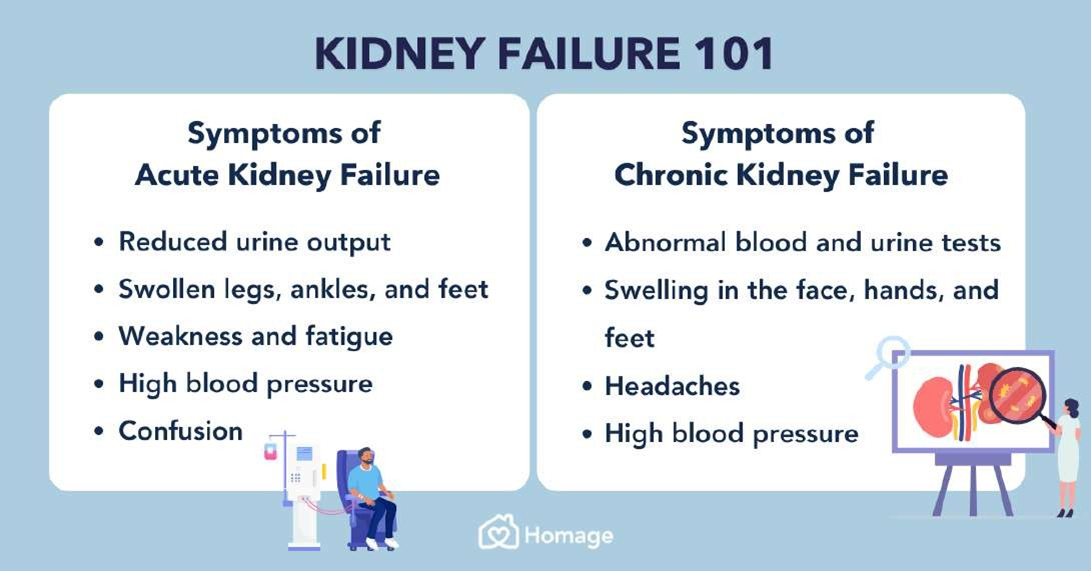A nurse removes a client's Foley catheter and documents that the client urinates 4 hours later. Which of the following elements of postoperative care is the nurse performing?
Providing surgical site or wound care
Managing postoperative pain
Assisting with early ambulation
Monitoring urinary function
The Correct Answer is D
Choice A reason: The nurse is not providing surgical site or wound care by documenting urination.
Choice B reason: Managing postoperative pain is not directly related to monitoring the client's ability to urinate.
Choice C reason: Assisting with early ambulation does not pertain to the urinary function directly.
Choice D reason: Monitoring urinary function is part of postoperative care, especially after removal of a Foley catheter, to ensure the client is able to void normally.
Nursing Test Bank
Naxlex Comprehensive Predictor Exams
Related Questions
Correct Answer is D
Explanation
Choice A reason: A hemoglobin level of 16 g/dL is within the normal range and does not indicate acute kidney injury.
Choice B reason: A BUN level of 15 mg/dL is also within the normal range and does not suggest acute kidney injury.
Choice C reason: A serum potassium level of 4.5 mEq/L is within the normal range and is not indicative of acute kidney injury.
Choice D reason: A serum creatinine level of 6 mg/dL is significantly elevated and indicates impaired kidney function, which is a hallmark of acute kidney injury.

Correct Answer is D
Explanation
Choice A reason: Being a breast cancer survivor is not an absolute contraindication for kidney transplant. Patients with a history of malignancy should be successfully treated before proceeding with transplantation, and most candidates with a history of cancer are advised to wait a period of time between successful treatment and transplantation.
Choice B reason: Having a pacemaker is not a contraindication for kidney transplant. Patients with cardiac devices can undergo transplantation if their cardiac condition is stable and well-managed.
Choice C reason: Age alone, such as being 65 years of age, is not an absolute contraindication for kidney transplant. Many transplant centers perform successful kidney transplants in older adults, considering their overall health and potential benefits from the procedure.
Choice D reason: Active drug or alcohol addiction is considered a contraindication for kidney transplantation. Patients with addiction should be in an established recovery program and stable for a minimum of one year before being considered for transplant.
Whether you are a student looking to ace your exams or a practicing nurse seeking to enhance your expertise , our nursing education contents will empower you with the confidence and competence to make a difference in the lives of patients and become a respected leader in the healthcare field.
Visit Naxlex, invest in your future and unlock endless possibilities with our unparalleled nursing education contents today
Report Wrong Answer on the Current Question
Do you disagree with the answer? If yes, what is your expected answer? Explain.
Kindly be descriptive with the issue you are facing.
